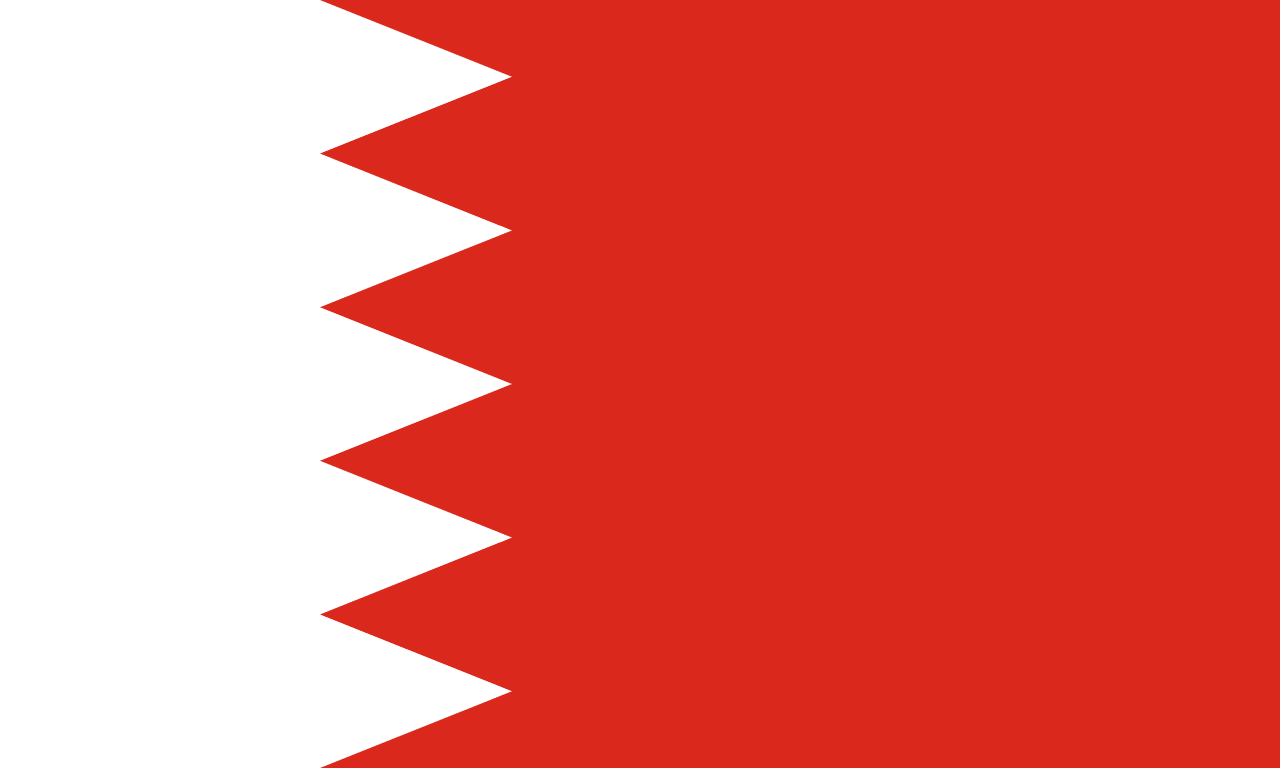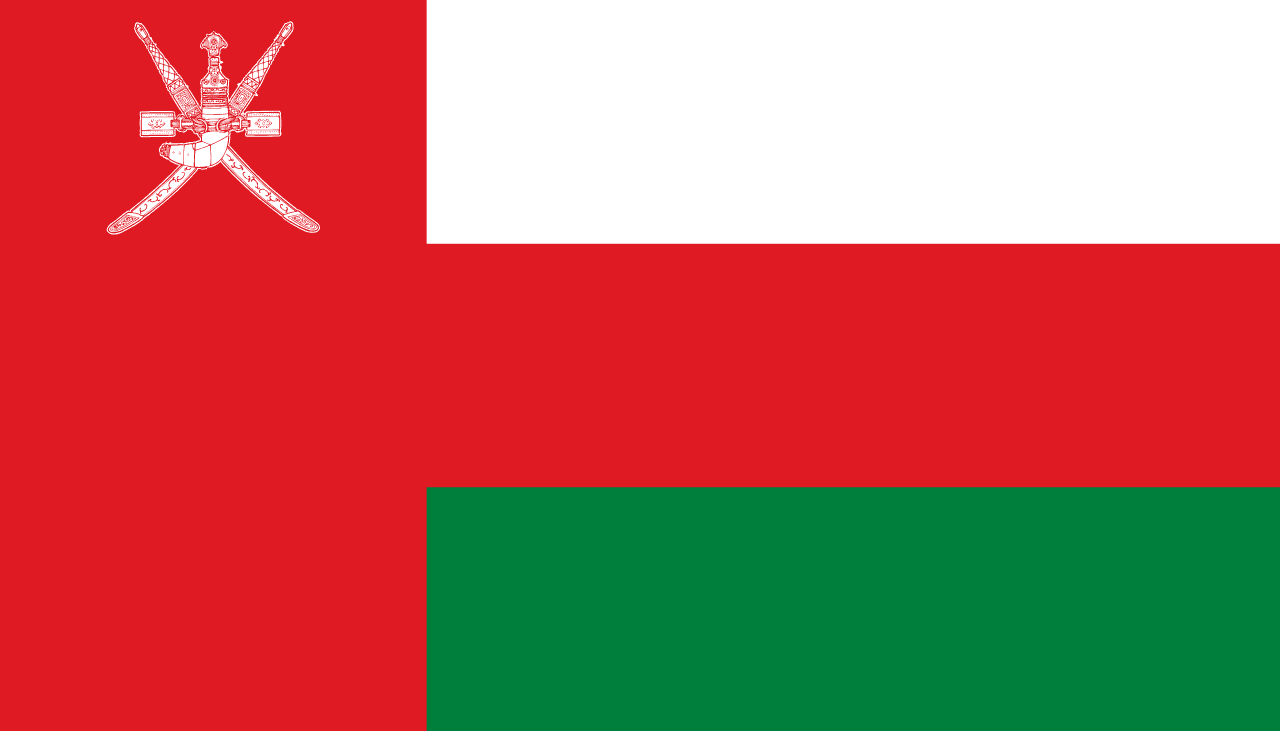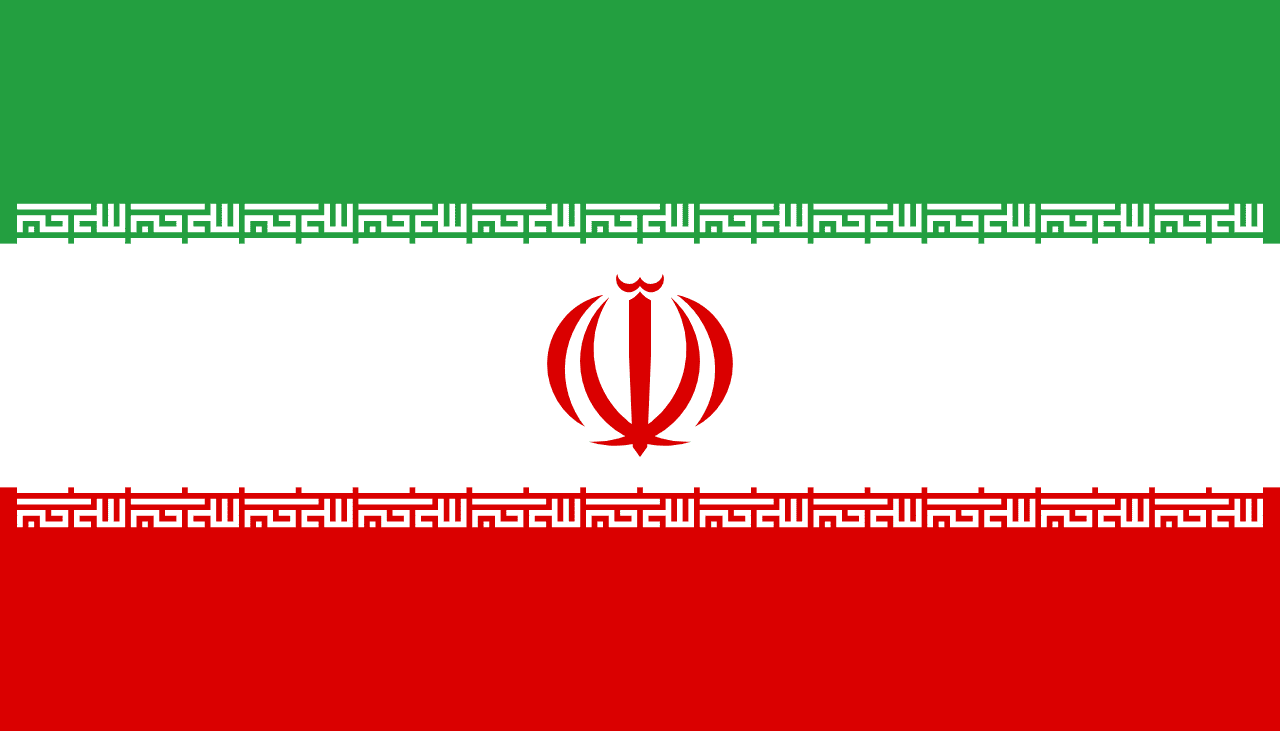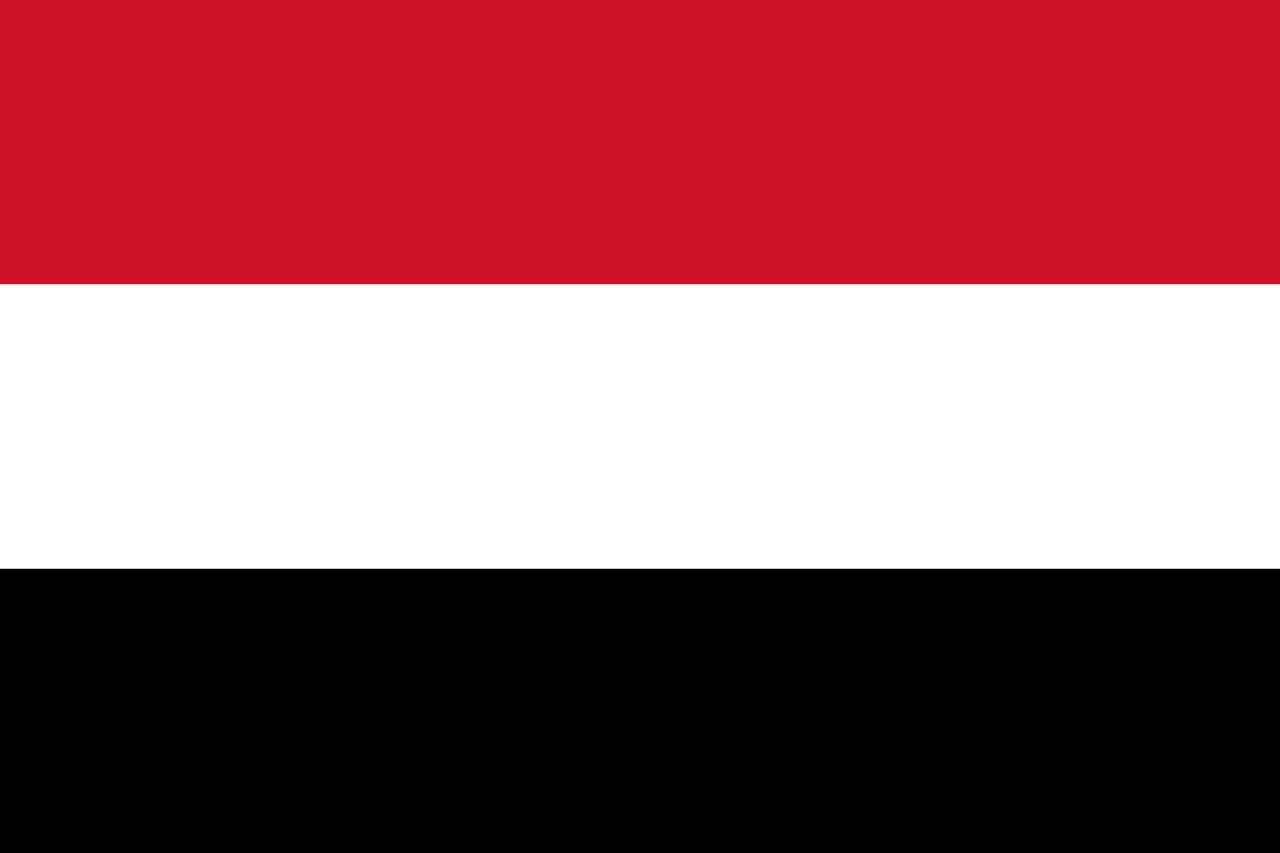Qatar Flag Meaning
A national flag divided vertically with a broad white band on the hoist and a larger maroon field separated by nine white serrated points. Qatar’s unique flag ratio and color reflect its history and independence.
- Continent
- Asia
- Adopted
- 1971
- Ratio
- 11:28
- Colors
- maroon, white
- Designer
- Evolved from historic flags used under British protection

Symbolism
White Band: Represents peace.
Maroon Field: Represents the bloodshed in Qatar’s wars, as well as the country’s distinctive dye historically produced in the region.
Nine Serrated Points: Symbolize Qatar as the ninth member of the 'reconciled emirates' of the Persian Gulf that signed treaties with Britain in the early 20th century.
History
- 19th Century: Qatar used a plain red flag, similar to other Gulf states.
- 1916: Qatar became a British protectorate, and a serrated white stripe was added to distinguish it.
- 1949: The red dye changed to maroon due to the local climate’s effect on pigments, becoming the flag’s permanent color.
- September 3, 1971: Qatar declared independence and officially adopted its current flag.
Trivia
- Qatar’s flag has the world’s most unusual official ratio: 11:28.
- It is often confused with the flag of Bahrain, but Bahrain’s flag is red, has five points, and a 3:5 ratio.
- The maroon color is historically derived from purple dye made on the Qatari island of Al Khor.
- The flag is one of the few in the world that is significantly longer than it is tall.
- Qatar is the only country whose national flag has more length than double its height.
Related Countries

Bahrain
Asia
A white band on the hoist side separated from a red field by a serrated line with five triangular points, representing peace and the five pillars of Islam, while the red represents the Kharijite sect of Islam that historically dominated the region.

Kuwait
Asia
Three horizontal stripes of green, white, and red with a black trapezoid on the hoist side, representing Kuwait's position in the Arab world and its transformation from pearl diving to oil wealth in the Arabian Gulf.

Saudi Arabia
Asia
A green field with the Islamic declaration of faith (shahada) in white above a horizontal sword. The design emphasizes Islam as the foundation of the state.

Oman
Asia
Three horizontal stripes of white, red, and green with a vertical red band at the hoist containing the national emblem. The design reflects Oman’s heritage, unity, and natural environment.

Iran
Asia
Three horizontal stripes of green, white, and red with a stylized emblem in the center and repeated 'Allahu Akbar' text along the borders, representing the Islamic Republic of Iran and the principles of the 1979 Islamic Revolution.

Yemen
Asia
Three horizontal stripes of red, white, and black representing the Pan-Arab colors that symbolize the bloodshed for freedom, bright future and peace, and the dark past of oppression, adopted when North and South Yemen unified into the Republic of Yemen.